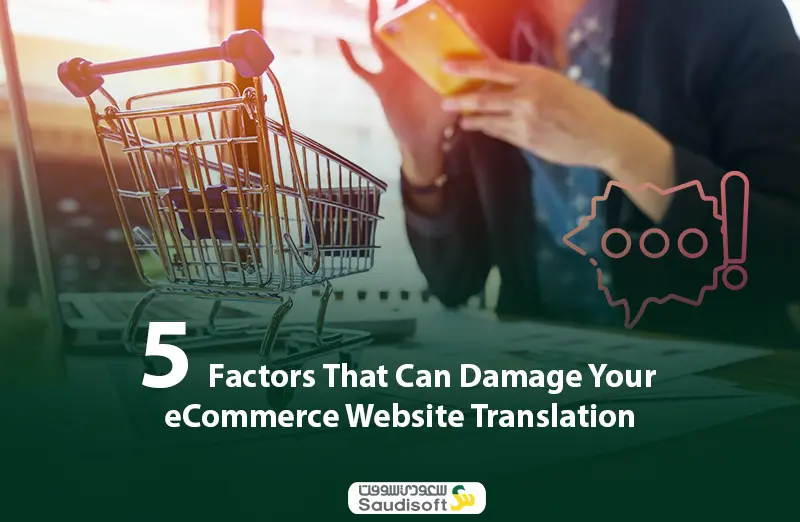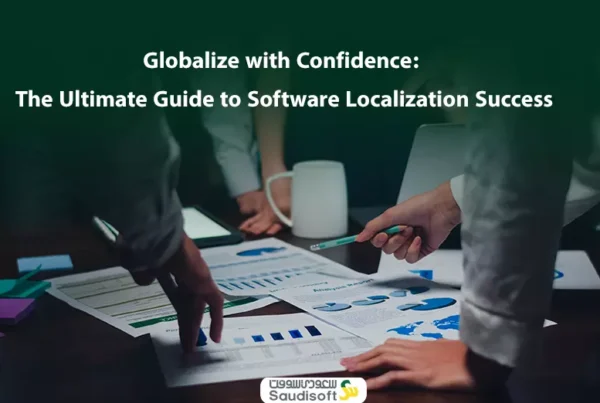E-commerce Website Translation
E-commerce website translation is a great solution for businesses that are planning for globalization or selling to worldwide audiences. Having your online store translated into other languages is one approach to increase accessibility to your website and improve the user experience for visitors. Remember that 88% of clients who have a negative experience will not visit a website again.
Any business can expand its customer base and increase traffic by translating its e-commerce website, but do you know that translators must be properly trained to produce the greatest results for your online retailing to increase sales and profitability. E-commerce website translation is more complex than text translation. Localizing your e-commerce website’s content, from text and graphics to payment methods, is essential if you want it to be accessible in other countries. Even though it might be a difficult procedure, the advantages of more income from expanded markets make it worthwhile.
Neglecting your e-commerce website translation can have significant negative consequences for your website and business. Here are some of the ways it can impact your site if not properly addressed:
1- Inaccurate Translations
Here are some of the mistakes that many stores fall in:

To avoid this pitfall, investing in professional translation services is paramount. Ensuring that your content resonates accurately with your target audience, in their language, is not just a matter of good practice but a necessity for building trust, fostering engagement, and ultimately, boosting your e-commerce success.
2- Cultural Insensitivity


3- Neglecting Multilingual SEO
Doing a local keyword research is essential to choose the ideal keywords to connect with your native-speaking audience, putting into consideration their purchasing and searching habits and location.
4. Poor User Experience
This results in
• High Bounce Rates
• Abandoned Shopping Carts
• And, worst of all, a Tarnished Brand Image
Visitors who encounter a subpar user experience are unlikely to return, and they might share their negative experiences with others, deterring potential customers. In today’s competitive e-commerce landscape, where user experience is paramount, neglecting the quality of your translated content can be detrimental. To thrive globally, invest in professional translation and localization that not only breaks language barriers but also ensures a seamless, user-friendly experience, enhancing your brand’s credibility and boosting customer retention and conversions.






